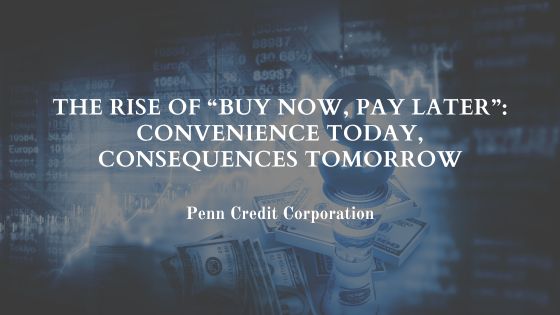In recent years, “Buy Now, Pay Later” (BNPL) services have exploded in popularity. Platforms like Afterpay, Klarna, Affirm, and PayPal’s “Pay in 4” make it easier than ever for consumers to break purchases into smaller, interest-free payments. At first glance, this seems like a win-win—shoppers get what they want immediately without the sting of a large upfront cost. But behind the convenience lies a financial risk that many users underestimate.
The appeal of BNPL
The simplicity of BNPL is one of its strongest selling points. A shopper browsing online sees the option to split a $200 purchase into four $50 payments. There is no need to apply for credit or wait for approval. With just a few clicks, the item is on its way, and the buyer feels financially responsible by not putting the purchase on a credit card.
For younger consumers, particularly Gen Z and millennials, BNPL offers a sense of control. It feels less risky than traditional debt and more accessible than credit cards, especially for those with thin credit histories.
The hidden danger of delayed payment
What makes BNPL tricky is that it creates the illusion of affordability. A $300 jacket may not seem expensive when it is only $75 today. But as more purchases are broken into payments, it becomes easy to lose track of how much money is truly being committed. Many users find themselves juggling multiple BNPL payment schedules across different platforms, leading to budgeting chaos.
Additionally, missed payments can lead to late fees, account suspensions, or even hits to your credit score. While some BNPL services do not report to credit bureaus, others do, particularly if accounts go into collections. And because the barriers to entry are so low, some users end up borrowing more than they can afford to repay.
No interest does not mean no cost
One of the biggest selling points of BNPL is that it is interest-free, at least if payments are made on time. But not all plans are created equal. Some providers offer longer-term options that come with interest rates as high as traditional credit cards. Others use fees and penalties to make up for the lack of interest.
Moreover, BNPL often encourages impulse buying. When people believe they are only paying a small portion of a product’s price, they are more likely to make unnecessary purchases. Over time, this can lead to financial strain, especially if income drops or unexpected expenses arise.
What responsible use looks like
BNPL is not inherently bad, but it must be used thoughtfully. Before choosing this option, consumers should ask themselves if they would still make the purchase if they had to pay the full amount upfront. If not, it is likely a want, not a need.
Tracking all BNPL purchases and setting calendar reminders for due dates can help prevent late fees. And above all, it is wise to use BNPL only for items that fit comfortably within your budget, not to stretch it.
Conclusion
Buy Now, Pay Later may offer short-term convenience, but it can carry long-term financial consequences if used carelessly. Like any form of borrowing, it should be treated with caution and intention. Convenience is not always worth the cost.

